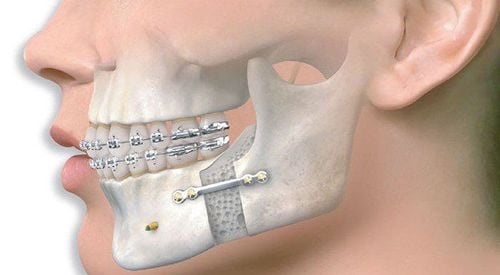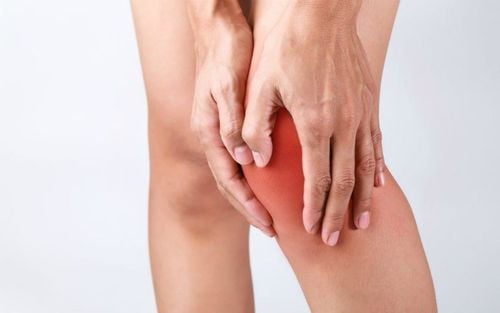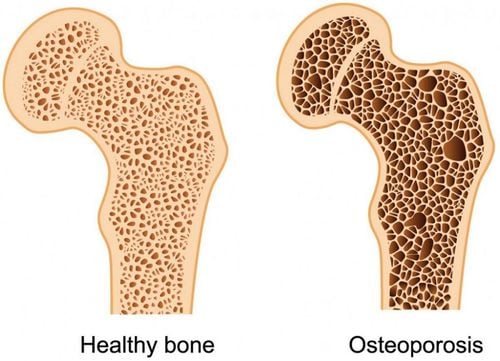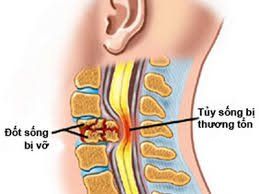This is an automatically translated article.
Total knee replacement is a last resort treatment used to repair severely damaged knee joints that are no longer responding to other conservative treatments. The majority of patients are between 50 and 80 years old, but today's technological advances can make joint replacements possible for teenagers or very old people (≥ 100 years old).
1. What to prepare before joint replacement surgery?
Thorough examination and complete medical records:
Examination to determine disease and extent of joint damage; general health status. Assess risk factors, unwanted complications. Necessary tests: X-ray; Magnetic Resonance or Tomography; blood tests, urine tests, electrocardiograms or additional tests when there are comorbidities. Read, understand thoroughly and sign the Agreements to use the services at the hospital. Checking the previous medication situation, the Clinical Pharmacist will provide detailed instructions on how to take the medicine before, during and after surgery.
When there are enough medical records, anesthesia will be examined. Here, the anesthesiologist agrees to choose the method of anesthesia or anesthesia for you; Explain postoperative pain relief.
Need to treat existing inflammatory foci (Dental caries; Painful urination); lose weight if you are obese; Arrange work and home care plan well – although after surgery you can walk on two crutches early.
If there is skin irritation or dermatitis in the surgical area, it also needs to be stabilized before joint replacement surgery.
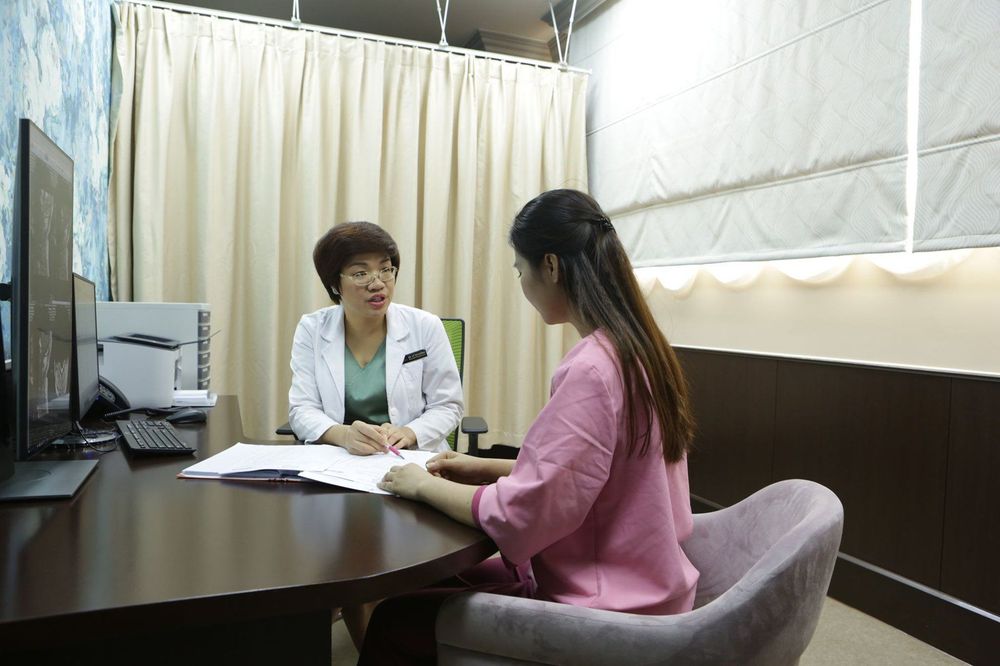
Khám bệnh kỹ lưỡng và làm đầy đủ hồ sơ bệnh án trước khi phẫu thuật thay khớp gối
2. The surgical process
You must fast for 6 hours before surgery, because if there is food in the stomach, it is easy to choke and stop breathing during surgery. Hospitalization, check-in, additional body hygiene at least 01 hour before surgery. You do not need to bring any personal items when you are admitted to the hospital because your own room already has everything you will need during your hospital stay. The medical staff in charge will mark the incision for you (To avoid confusion on the operating side) The operating room staff will pick you up, check your records, prepare and take you to the operating room to prepare for spinal anesthesia or anesthesia. Surgical technique (in brief): Incision of the skin along the middle of the knee from the tibial tuberosity to the top of the kneecap, the length of the incision is about 10 -15cm. Open into the knee joint. Cut off damaged parts. Cut the shaping slices and put the artificial joint in. Check the accuracy and stability of the artificial joint. Finally, a drain is inserted from the joint and the incision is sutured. The drain will be removed after 48 hours.
3. Post-surgery recovery
Right after being picked up to the ward, you must practice deep breathing and wiggle your toes and feet on the side of the surgery. You can lie on your left or right side in whatever position you find comfortable. Eat and drink normally according to your ability. If there is a urinary catheter, it must be clamped, tied and loosened once every 3 hours - if you know how to collect and urinate actively, then withdraw immediately. Exercise in the following days, according to the instructions given before surgery and under the direct guidance of the staff of the Rehabilitation Department. Suture removal after surgery 12-15 days If the incision is swollen, red, painful, you must notify the surgeon immediately.
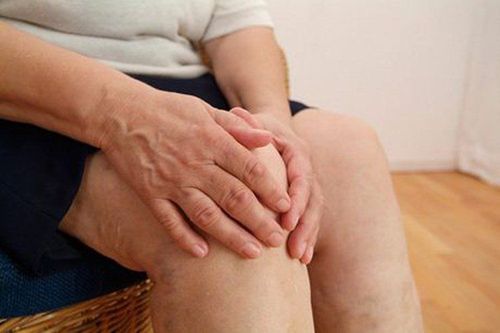
Nếu vết mổ sưng, tấy đỏ, đau phải báo bác sĩ phẫu thuật ngay
4. Major Complications
Postoperative bleeding Incisional infection, purulent knee arthritis Occlusion of surgical leg, pulmonary embolism Dislocation
5. Prevention of complications
Prepare carefully, take all the solutions to prevent bleeding, infection, embolism Avoid falling. Always sit on a high chair that is about knee height
6. Artificial joint protection
Actively practice according to the instructions: strengthen the muscles around the knee joint Always protect the artificial joint, with the consciousness: "Durable in humans" Vinmec International General Hospital has performed treatment and replacement surgery The entire knee joint is small and minimally invasive with many outstanding advantages:
Safe and effective surgery in a one-way sterile operating room system, ensuring maximum patient safety, minimal software damage around the joint, short surgery time, accurately reveal the joint to be replaced, minimize the risk of infection, reduce the number of days in hospital after surgery. The team of doctors and staff is professional, experienced, and highly qualified. Implement advanced pain relief techniques under the guidance of ultrasound, ensure the accuracy and effectiveness of pain relief techniques in surgery and after surgery Artificial joints at Vinmec International General Hospital with all types, depending on the economy, needs and condition of the patient. The hospital always has the best artificial joints available such as the American PERSONA knee joint with many advantages such as less bone resection, stable joints, reduced postoperative pain, optimal infection risk reduction... Patients are trained to exercise. Rehabilitation on the 2nd day after surgery with the support of postoperative pain relief techniques, helping patients return to normal activities as soon as possible. To register for examination and treatment at Vinmec International General Hospital, you can contact Vinmec Health System nationwide, or register online HERE
MORE:
Advantages of knee replacement Artificial - When to replace artificial knee joint? Knee replacement - solution for patients with severe knee osteoarthritis Learn about platelet-rich plasma (PRP) injection for knee osteoarthritis at Vinmec




